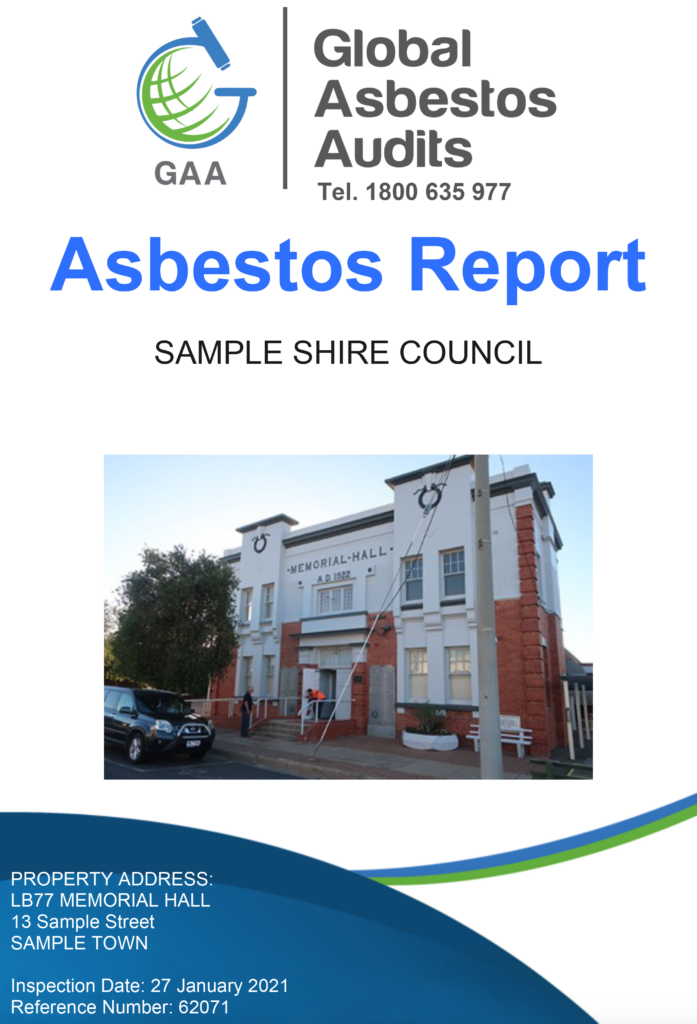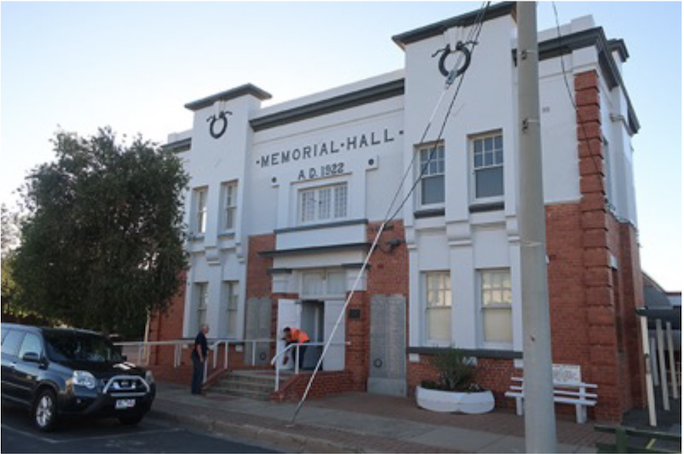How can you legally tell someone that a building doesn’t contain any asbestos materials? You can’t. At least not verbally. But you can show this with an asbestos report prepared by a licenced asbestos assessor. This article will examine the vital role asbestos reports play in legally verifying that a building is free from asbestos-containing materials.
First, providing some context surrounding Australia’s general requirements for asbestos reports is essential. Under the Work Health and Safety Regulation 2017 and the Occupational Health and Safety Regulation 2017, Australian workplaces require an asbestos inspection if they’re operating in a building built before 31 December 2003 or are likely to contain asbestos (including from time to time).
The prohibition of the use of asbestos in Australia came into effect on 31 December 2003, setting a clear grounding for buildings requiring an asbestos inspection. However, more ambiguous wording surrounding asbestos inspection requirements (time to time or likely) is to cover the fact that building and machinery/ plant products containing asbestos are constantly entering Australian shores and finding their way into old and new structures within Australia.
Asbestos Reports
Asbestos reports are generally only considered to identify asbestos hazards posed by Asbestos-Containing material (ACM). However, another essential purpose of an asbestos report is to identify where asbestos-containing material isn’t present.
PCUBs are responsible for providing the asbestos report to contractors and workers, communicating what asbestos hazards to look out for, or proving which areas are free from asbestos hazards. This duty to constantly supply the asbestos report is perpetual, even if the asbestos report says that no asbestos-containing materials are found on site.
The asbestos report is the only document that can legally be used to show that an area, whether a single bathroom or the entire building, is free from asbestos. After all the asbestos materials have been removed (and a clearance certificate is issued), the area is still deemed to contain asbestos until the asbestos report is updated to reflect the changes.
In the world of asbestos health and safety, documentation is paramount. The asbestos report is the only thing that can be accepted when verifying that your building is asbestos-free. PCUBs often overlook the importance of maintaining a copy of their asbestos report when no asbestos is on site. Even if you know that the asbestos report certifies there is no ACM on the entire site, you must be able to prove this for several reasons:
- Legally once documented: asbestos is present until it’s recorded in the asbestos report that it’s no longer present. After the last entry of the asbestos report is made, it must be retained for a minimum of 30 years.
- Builders and maintenance workers can’t start work until sighting the asbestos report.
- The building can’t be sold or leased without an asbestos report.

Can I say my building has no asbestos if it was built after prohibition?
Based on the 2004 cut-off date alone, commercial buildings have no legal requirement for an asbestos report. However, these buildings can’t be deemed asbestos-free without an asbestos report, as new buildings throughout Australia can still end up with asbestos materials.
Many people are unaware of asbestos products entering Australia. Most new asbestos products are manufactured in Asian countries such as China or India, where asbestos is still in use. Most imported asbestos products we regularly encounter are:
- Gaskets.
- Friction material (clutch pads, brake pads).
- Plant and machinery with ACM preinstalled.
The most common way new asbestos can enter new buildings is through purchasing products manufactured in a country that still uses asbestos. Typically, we find asbestos in gaskets installed throughout new and old plant work or machinery, such as metal lathes and generators. However, many asbestos products, including building materials, are discovered to be entering Australia after it’s too late. Well-known cases such as the Queensland Government tower and the Perth Children’s Hospital were partially built with new asbestos building products. Cases like these are high profile enough to gain publicity; however, we know from experience that many brand-new structures have asbestos hazards resulting from imported asbestos products.
New asbestos products finding their way into Australian workplaces aren’t freak events. We come across imported asbestos products regularly during asbestos inspections. The only way to legally say that your building is asbestos free is with a competently composed asbestos report.
Global Asbestos Audits are leaders in the field of asbestos risk management and asbestos management services, including asbestos survey, asbestos sampling, asbestos air monitoring and air quality testing, asbestos removal best practice and as previously mentioned, asbestos reports.
Please contact us for a full risk assessment.

